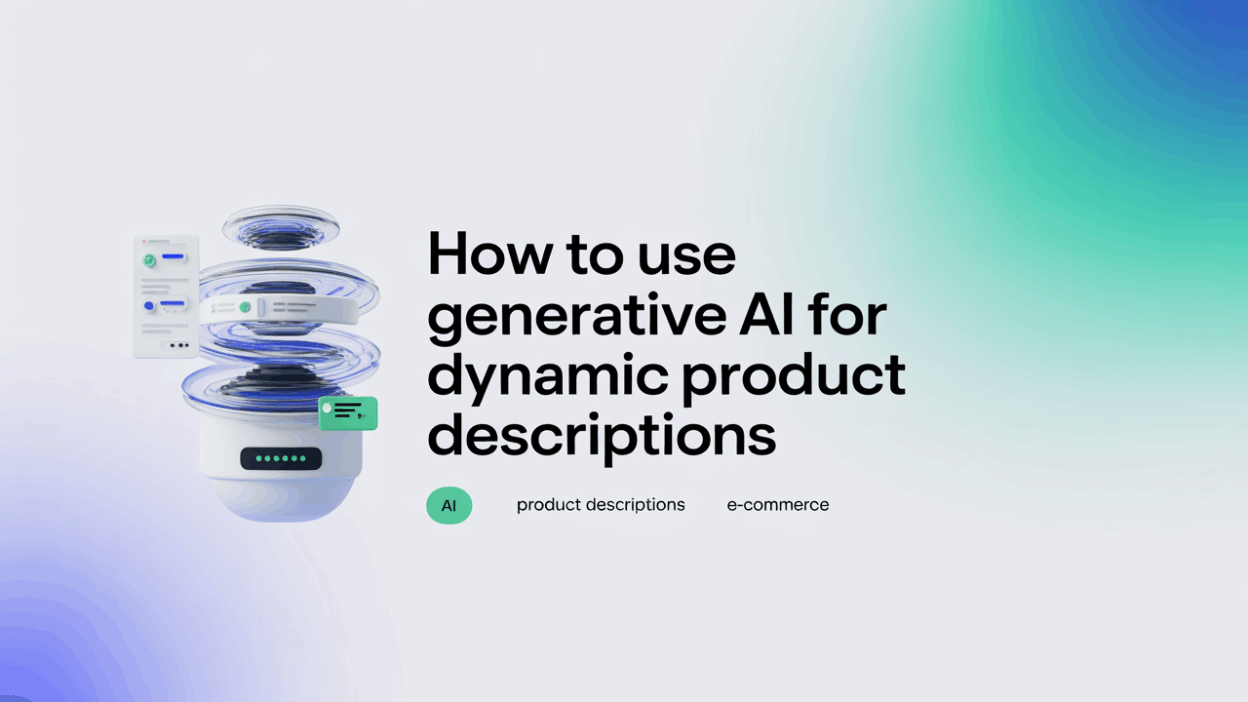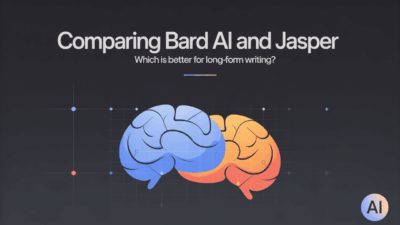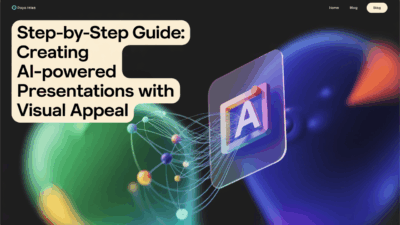In the fast-evolving world of e-commerce, creating compelling and SEO-friendly product descriptions is crucial to capture consumer interest and drive sales. Generative AI offers a transformative solution by enabling businesses to generate dynamic, personalized, and scalable content efficiently . Here’s how you can leverage generative AI for crafting powerful product descriptions that resonate with your audience.
1. Define Your Goals and Scope
Before diving into AI-powered content creation, it’s essential to outline what you aim to achieve. Are you looking to boost conversions, improve SEO rankings, or enhance customer engagement? Setting clear objectives will guide the entire process and help measure success .
Additionally, determine the scope of your project. Will you be generating descriptions for a few high-value products or an entire catalog? Clarifying this upfront ensures that resources are allocated effectively .
2. Prepare and Normalize Product Data
Generative AI models require structured data to produce accurate and relevant content. Begin by compiling all necessary product details—such as features, benefits, specifications, and usage scenarios—and ensure consistency in formatting .
This step also involves enriching your dataset with customer reviews and feedback, which can be used to highlight real-world benefits and address common concerns in the descriptions .
3. Choose the Right AI Tool
Selecting the appropriate generative AI platform is critical. Look for tools that offer customization options, support multilingual content, and integrate seamlessly with your CMS or e-commerce platform. Some advanced tools also allow for tone-of-voice adjustments to align with brand identity .
AI solutions like Narrato and others provide robust capabilities for generating engaging product narratives across marketing channels .
4. Generate and Optimize Content
Once your data is ready and your tool selected, it’s time to start generating content. Use prompts tailored to your brand voice and target audience to create unique descriptions that highlight key selling points .
After generation, refine the output using SEO best practices. Ensure keywords are naturally integrated, and meta descriptions are optimized for click-through rates .
5. Personalize for Different Segments
One of the standout advantages of generative AI is its ability to personalize content at scale. By analyzing customer behavior and preferences, AI can tailor product descriptions to different segments, increasing relevance and conversion potential .
For instance, a skincare product description might vary between eco-conscious buyers and those prioritizing clinical results .
6. Monitor, Test, and Iterate
Like any digital marketing strategy, continuous improvement is key. Track performance metrics such as bounce rate, time on page, and conversion rate to assess the impact of AI-generated content. A/B testing different versions can also reveal insights into what resonates most with your audience .
Conclusion
Generative AI is revolutionizing the way brands approach product content creation. From reducing labor costs to enabling hyper-personalization, the benefits are substantial . By following a structured approach—starting from goal setting and data preparation to tool selection and ongoing optimization—businesses can harness AI not just for efficiency, but for strategic advantage in competitive e-commerce landscapes .


